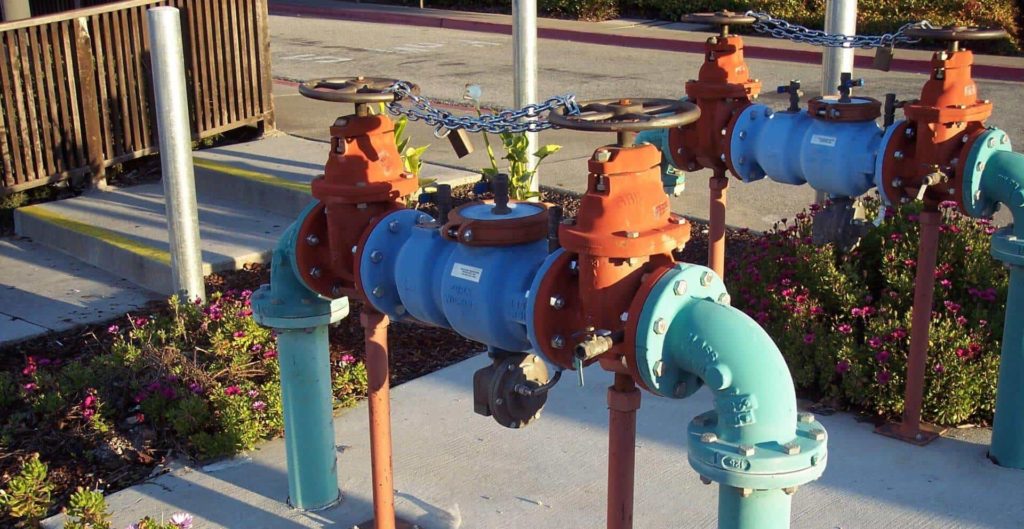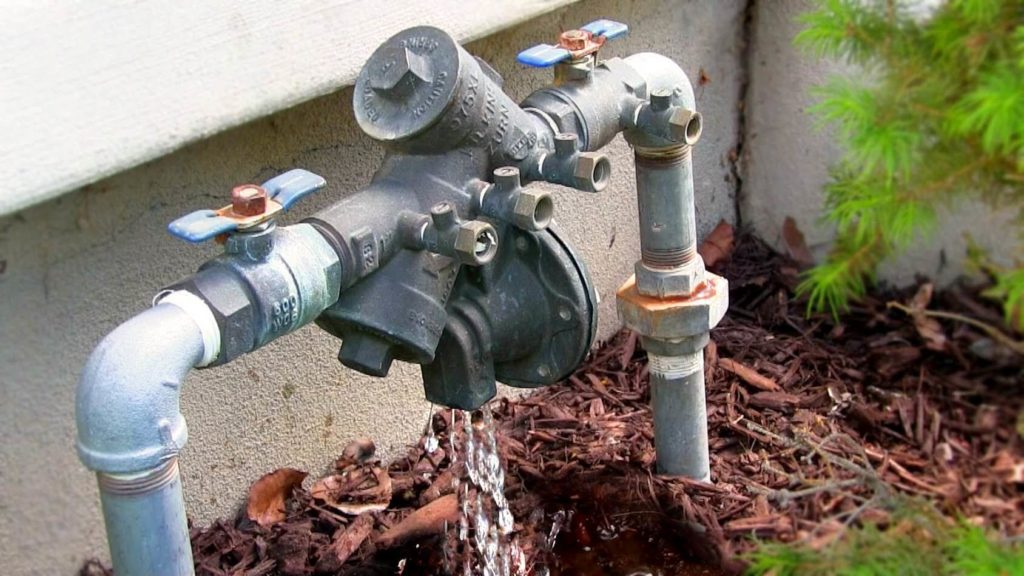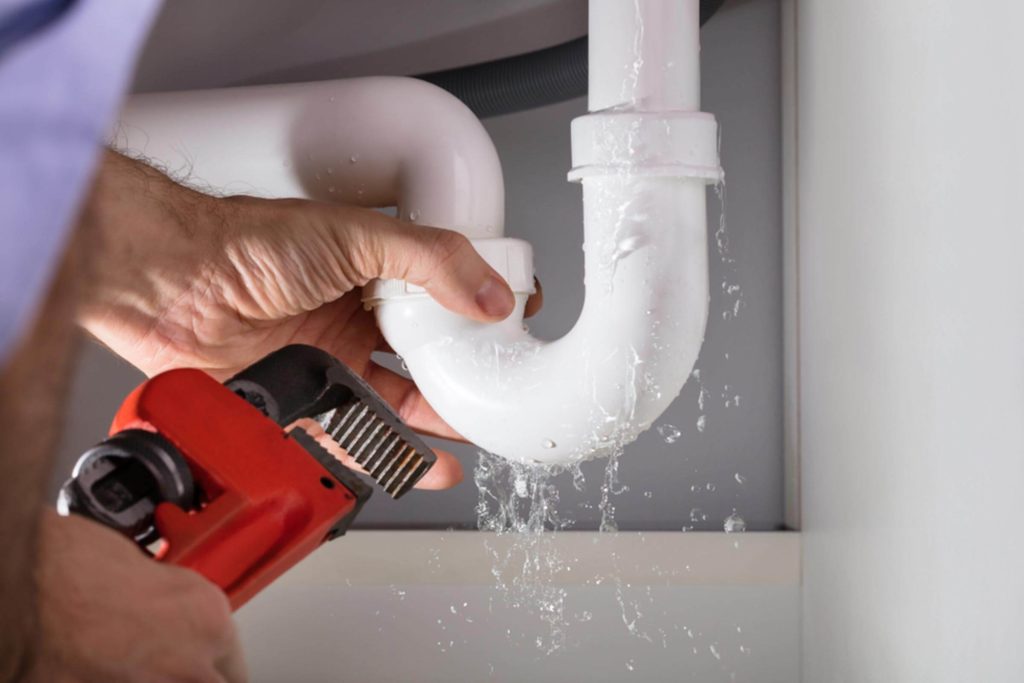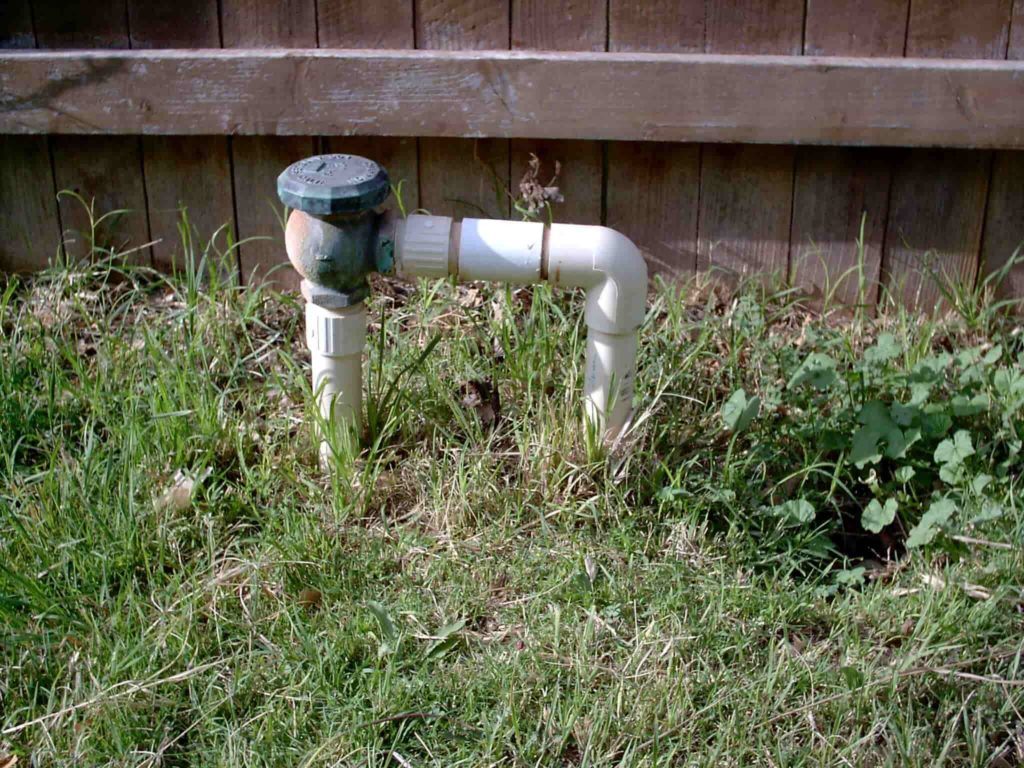It’s no secret how water is among the basic human needs. On average, each individual needs at least 20 litres of clean water daily to meet his or her needs like drinking and cooking. The key word here is clean because polluted water can prove to be fatal.
But how often do you stop and think about the processes involved in keeping this water safe enough especially for drinking? Backflow testing is one of the many processes that must be conducted to ensure water safety.
Which brings us to our next question; what is backflow testing?
Backflow testing refers to tests conducted to monitor the health & safety mechanisms designed to maintain water quality.
To get a better understanding of how these tests function, it’s important that we explain what backflow is and the consequent effects.
What is Backflow?

source: abcscapes.com
In the plumbing industry, backflow refers to a situation whereby water flows in the opposite direction. Water distribution systems are designed in such a manner that water flows from the distribution system to the consumer. A scenario where the water begins to flow in reverse becomes a cause for concern because it can, unfortunately, cause dangerous scenarios and in extreme cases even death. You can see why it’s vital to monitor this aspect of a water system.
Causes of Backflow

source: redwoodcity.org
So what would cause water that was flowing in a certain direction to suddenly flow backward? Below are a few reasons:
- Cross connections: A cross connection happens between a clean water source and an unclean one. This is one of the major reasons that cause water to flow backward.
- Back siphonage: This happens when there’s a difference in the water pressure. Generally, water pressure must be maintained at a certain level if it’s to flow in the expected direction. But the moment that the pressure in the tank is lower than the water system’s pressure, backflow occurs.
- Back pressure: In this case, backflow occurs if there’s the higher water pressure in a multi-story building. As a result, the pressure could force contaminated water to flow into a public water system.
- Break in the main water line: If by any chance there’s a break in the water line, it means that pressure will be lost. As a result, water is no longer pushed forward and will flow backward into clean city water lines.
When any of the above situations happen, the water is likely to be contaminated with either of the following:
- Human waste
- Fertilisers
- Chlorine from pools
- Soaps from showers and dishwashers
To avoid any of the above-mentioned scenarios, it’s worthwhile to install a backflow prevention system. This device is installed onto a pipe and ensures that water flows in one direction. But only installing this device is not enough. You also have to conduct regular tests to ensure that the backflow prevention device is functioning as intended.
Prevention and Testing

source: althoffind.com
Each city or area is supposed to follow a backflow prevention program in accordance with the district’s plumbing and building codes. Not only that, but it’s also mandatory to have your water system tested at least once a year by a certified backflow testing agency.
So what is involved during backflow testing?
There are various forms of backflow testing procedures that the contractor can perform and they include:
- Identifying whether backflow is present
- Determining the issue causing the backflow
- Fixing the backflow
Testing the Devices

source: rd.com
The mechanical plumber has to first test the actual backflow device to determine if it’s functioning effectively in preventing backflow. Some of the test procedures include using gate and relief valves on the devices.
Here the tester will close valves and check for any of the following:
- Differential gauge movement
- Water Leaks
- Holes and dents
A few common tests that are performed include:
- Pressure testing: Pressure testing which is also known as hydrostatic testing is where pressure vessels like pipelines or boilers are tested for strengths and leaks.
- Visual inspection: When it comes to visual testing, the plumber will visually inspect the devices and pipes for any signs of leakage.
Types of Backflow Prevention Devices

source: en.wikipedia.org
In case you’re wondering about the types of backflow preventers, we’ll mention the four most common types. These devices are directly installed inside the water system immediately after the isolation valve.
Pressure Vacuum Breaker (PVB)
The PVB backflow prevention device is widely sought after by most contractors. And it’s also an inexpensive option. PVBs features a simple design and are very easy to install & repair. The only major downside to this device is it occasionally ejects water.
Reduced Pressure Zone (RPZ)
Unlike the PVB, the RPZ assembly isn’t only expensive, but it’s also highly complicated. But then again these RPZs are very secure which justifies the price tag.
Double Check Assembly (DCA)
Double Check Valves are the ideal options for underground and indoor installations. The main difference with DCAs compared to other devices is that they must be installed vertically.
Atmospheric Vacuum Breaker (AVB)
Atmospheric Vacuum Breakers are the least expensive and simplest of all the backflow prevention devices. But the tradeoff is AVBs are the least reliable and as such, they don’t come highly recommended.
Conclusion
The importance of backflow prevention testing can’t be overemphasized. Considering the fact that failure to regularly conduct these tests can prove to be fatal, we’re sure you share our sentiments too.
You may also like: 5 DIY Plumbing Tips To Resolve Small Issues In Your House




